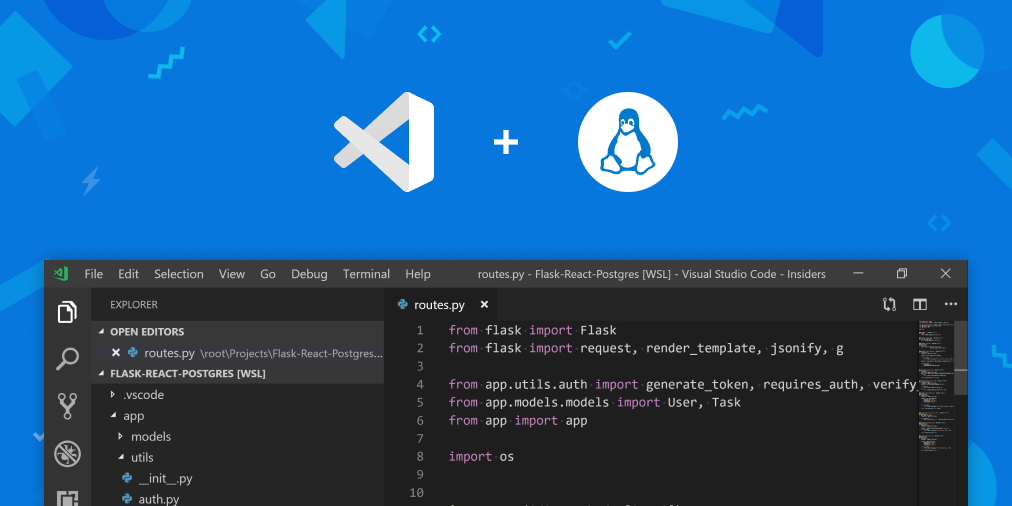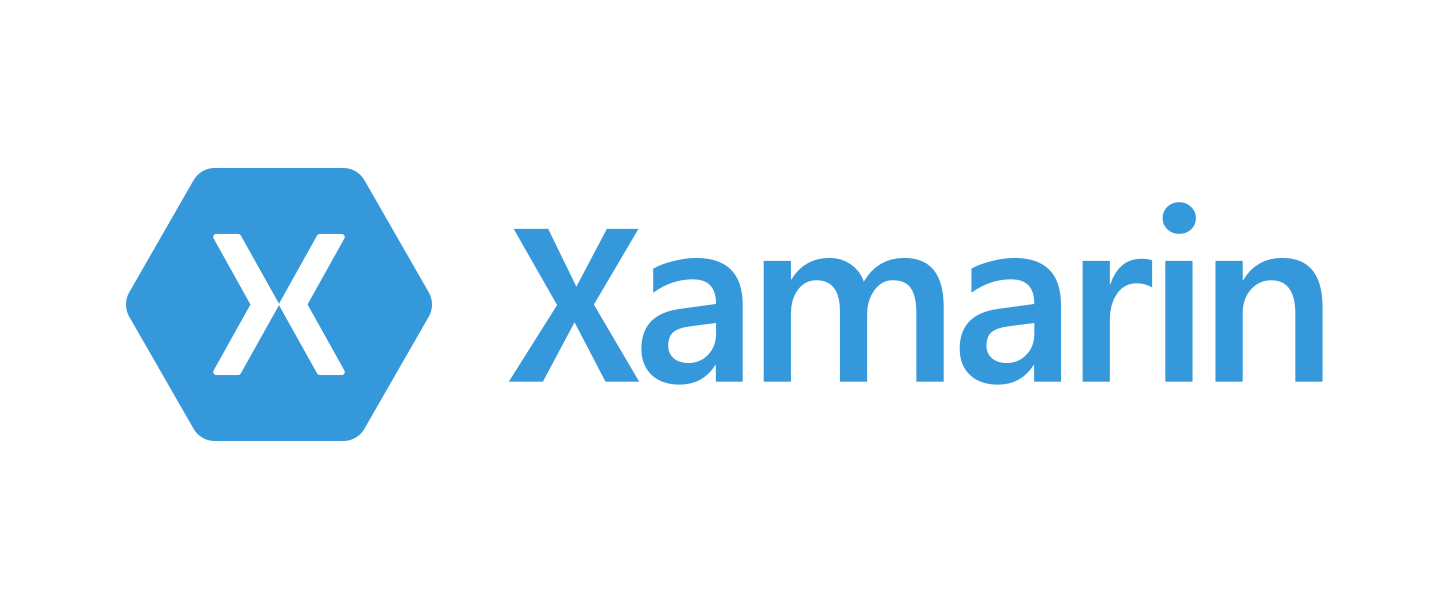System.IO.Pipelines — a little-known tool for lovers of high performance




Generalized async return types — it is a new C#7 feature that allows using not only Task as a return type of async methods but also other types (classes or structures) that satisfy some specific requirements.
At the same time, async/await is a way to call a set of "continuation" functions inside some context which is an essence of another design pattern — Monad. So, can we use async/await to write a code which will behave in the same way like if we used monads? It turns out that — yes (with some reservations). For example, the code below is compilable and working:
async Task Main()
{
foreach (var s in new[] { "1,2", "3,7,1", null, "1" })
{
var res = await Sum(s).GetMaybeResult();
Console.WriteLine(res.IsNothing ? "Nothing" : res.GetValue().ToString());
}
// 3, 11, Nothing, Nothing
}
async Maybe<int> Sum(string input)
{
var args = await Split(input);//No result checking
var result = 0;
foreach (var arg in args)
result += await Parse(arg);//No result checking
return result;
}
Maybe<string[]> Split(string str)
{
var parts = str?.Split(',').Where(s=>!string.IsNullOrWhiteSpace(s)).ToArray();
return parts == null || parts.Length < 2 ? Maybe<string[]>.Nothing() : parts;
}
Maybe<int> Parse(string str)
=> int.TryParse(str, out var result) ? result : Maybe<int>.Nothing();Further, I will explain how the code works...


Beginning with C# 8.0 on .NET Core 3.0, you can define an implementation when you declare a member of an interface. The most common scenario is to safely add members to an interface already released and used by innumerable clients.
In this tutorial, you'll learn how to:


Angular |
KnockoutJS |
| Stable Release | |
| Version 8.0.0 on / May 29, 2019 | 3.5.0 / February 22, 2019 |
| Managed by | |
| Steve Anderson | |
| Programming Language | |
| JavaScript | JavaScript |
| Type | |
| Web Framework | JavaScript Library |
| Routing | |
| Angular Supports | Not Available |
| Testing | |
| Protractor works as test framework | Not Available |
| Documentation | |
| Well organized Documenations | Poor Documentation |
| GitHub Stars | |
| 59,555 | 9,526 |

Some days ago the Windows team announced the May 2019 Update for Windows 10. In this post we’re going to look at what we, the Python team, have done to make Python easier to install on Windows by helping the community publish to the Microsoft Store and, in collaboration with Windows, adding a default “python.exe” command to help find it. You may have already heard about these on the Python Bytes podcast, at PyCon US, or through Twitter.



 I guess one of the most important issues in this topic is building an exception handling architecture in your application. This is interesting for many reasons. And the main reason, I think, is an apparent simplicity, which you don’t always know what to do with. All the basic constructs such as
I guess one of the most important issues in this topic is building an exception handling architecture in your application. This is interesting for many reasons. And the main reason, I think, is an apparent simplicity, which you don’t always know what to do with. All the basic constructs such as IEnumerable, IDisposable, IObservable, etc. have this property and use it everywhere. On the one hand, their simplicity tempts to use these constructs in different situations. On the other hand, they are full of traps which you might not get out. It is possible that looking at the amount of information we will cover you’ve got a question: what is so special about exceptional situations?
However, to make conclusions about building the architecture of exception classes we should learn some details about their classification. Because before building a system of types that would be clear for the user of code, a programmer should determine when to choose the type of error and when to catch or skip exceptions. So, let’s classify the exceptional situations (not the types of exceptions) based on various features.
Today, we are happy to announce the release of all Xamarin API Documentation as Open Source! API documentation drives the IntelliSense experience while being one of the best ways to help developers achieve their goals.
Additionally, we have also moved the hosting of the following from their old Xamarin home to docs.microsoft.com:


Ever since we announced Template IntelliSense, you all have given us great suggestions. One very popular suggestion was to have the Template Bar auto-populate candidates based on instantiations in your code. In Visual Studio 2019 version 16.1 Preview 2, we’ve added this functionality via an “Add All Existing Instantiations” option in the Template Bar dropdown menu. The following examples are from the SuperTux codebase.

const decoded = jwt.verify(
token,
publickRSAKey,
{ algorithms: ['HS256' , 'RS256'] } //accepted both algorithms
)//header
{
alg: 'RS256' => 'HS256'
}
//payload
{
sub: '123',
name: 'Oleh Khomaik',
admin: 'false' => 'true'
}